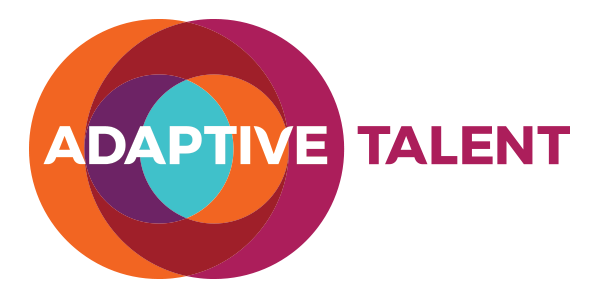Generative AI and neural networks are going to radically improve and change corporate training. Josh notes the five biggest opportunities for change, and what corporate training, L&D leaders, and HR professionals should think about as we bring these amazing new systems into our companies (hint: embrace or be left behind):
(1) Content Development: has historically been a slow process of authoring courses, text, simulations. There are lots of tools out there but they’re mostly similar and take a lot of time to author content. With generative AI you can literally type what you want and it can author simulations, quizzes, graphics, slides, and it’s pretty darn good. If you’ve not tried Chat GPT you are will be stunned. I’ve used it many times and it’s shocking, although you need to use discretion, make it your own, and fact check.
(2) Content Assembly: once you’ve built the content and objects content creators then put it into a rubric (what you’ll learn in which order) and then you may need to rearrange it, or you want more levels of courses, so you reuse or repurpose. That is a very laborious process but because AI knows the skills of your people (if you’re using an AI powered talent marketplace) it can tag the topics covered and help you more efficiently create new uses of the content. It can also be used for space learning (which means you are literally spacing out the teaching, application, and recall so it locks in learning and boosts recall). So basically you’d teach…let them go back to work….and then the AI would prompt them to recall / use the new skill and it will flatten out the learning curve.
(3) Learner Support: Let the AI act as an intelligent teaching assistant for courses. First let the generative AI search and index the content and then the chatbot can be asked a question and it’ll answer it pretty well. Your team can review and enhance the content based on user questions, and employees can still use the chatbot to ask questions in the future.
(4) Less Training/Better Targeted How-Tos: Blooms’ taxonomy is one way to organise the information, mindsets, skills, advanced skills and perspectives, and synthesis needed to become wise/expert in any subject. L&D departments try to have some organization to how your create and manage knowledge hierarchies but it is daunting. Although the tools have gotten better perhaps the issue isn’t the structure or availability of the content, but rather maybe people should just skip a full course and instead get something more “bite sized” and directly helpful in the moment like reading a few paragraphs or watching a video. So in addition to offering a course, use generative AI to get the answer to someone quickly. Things like sales knowledge, positioning for a client, customer service advice, or other compliance obligations can be served up efficiently. Because people forget what they learned or don’t want to read a lot, the AI can simply let the individual search/ask what they need for that particular issue. This will eliminate a lot of training. There are so many tools, vendors, etc. and this may revolutionize how people get to content efficiently.
(5) Skills, Careers, Talent Intelligence and Marketplaces: Vendors like Eightfold.AI, SeekOut, Gloat, and Visier all have the ability to assess skills by person, team, and can use that for talent and succession planning. One biotech company was using a talent marketplace to find gig workers but project teams soon started using it internally to find specialised skills (and depth of skills). You add the training content too (via skills inference) and that makes it easier to create a skills academy. These intelligence based systems are doing it for you in a dynamic way because skills keep changing, so the taxomny is updated by the AI (which is a big, big win for anyone involved with talent development). The LMS will be very boring and will look like a commodity.
---
Adaptive Talent is a talent consultancy designed to help organizations achieve amazing results and ongoing adaptability. Founded in 2008 and based in Vancouver, Canada we offer retained and contingent search, assessments, training, leadership coaching (1:1 and group), leadership development programs, and culture & organizational development consulting.

